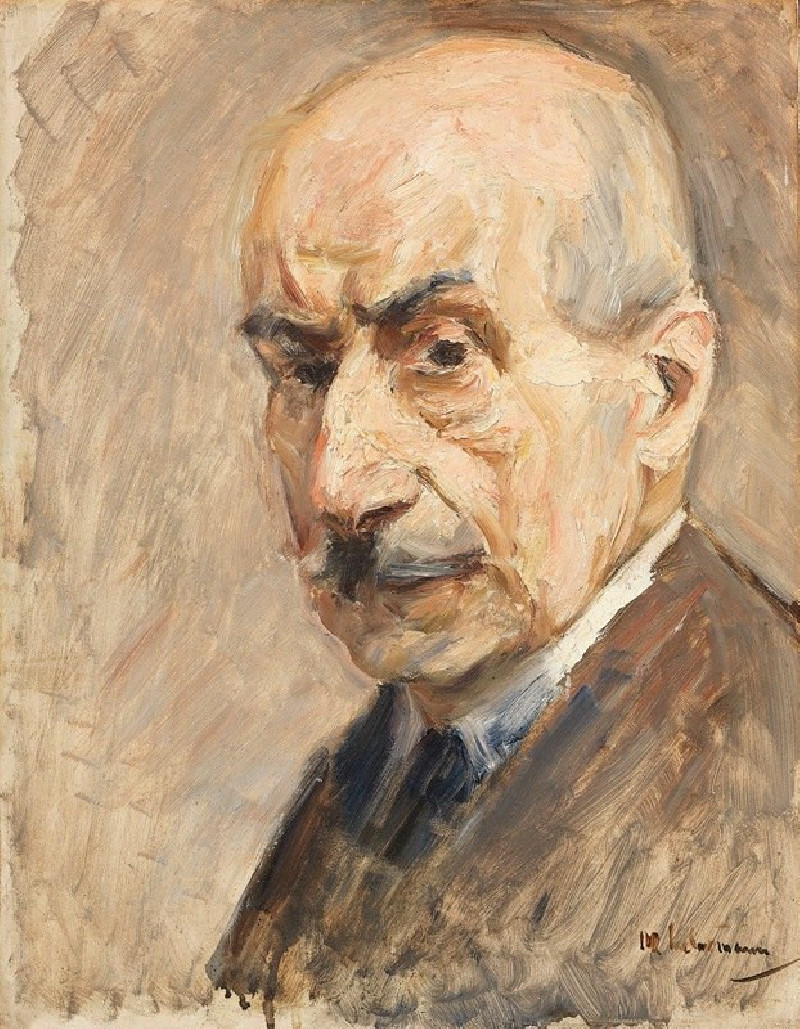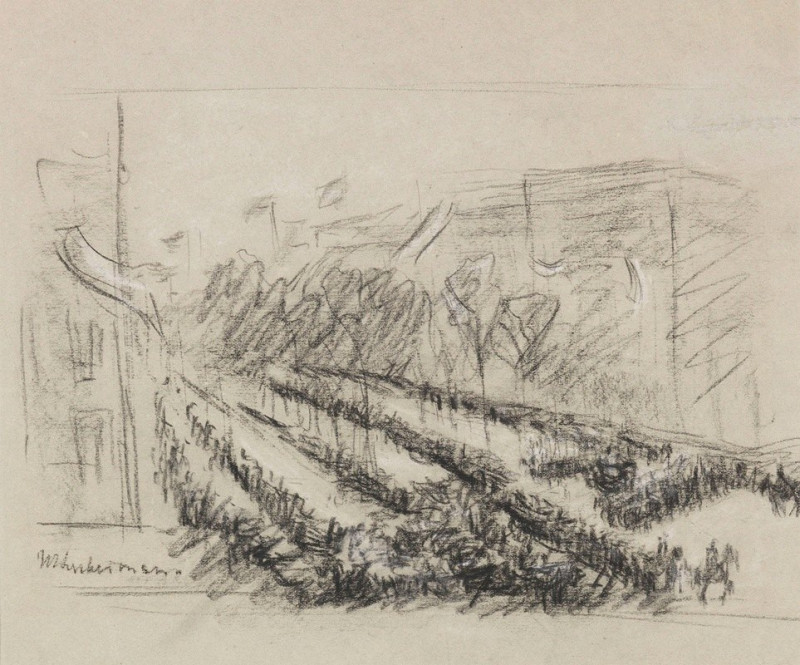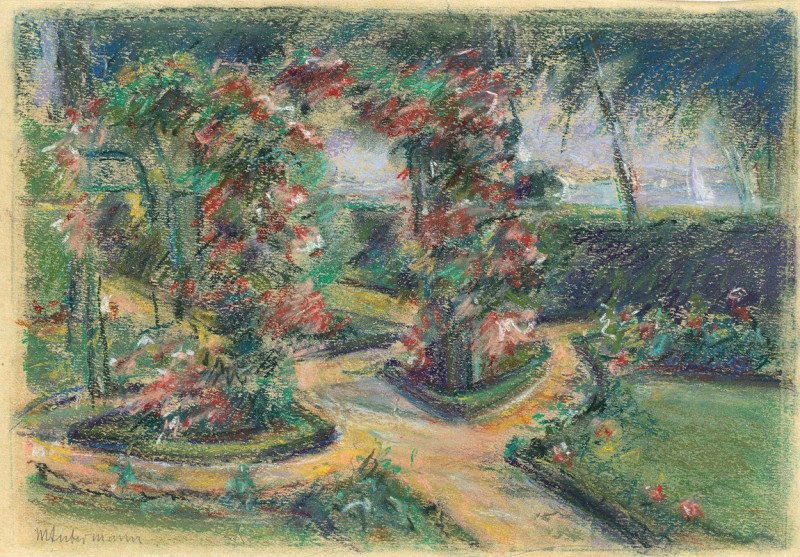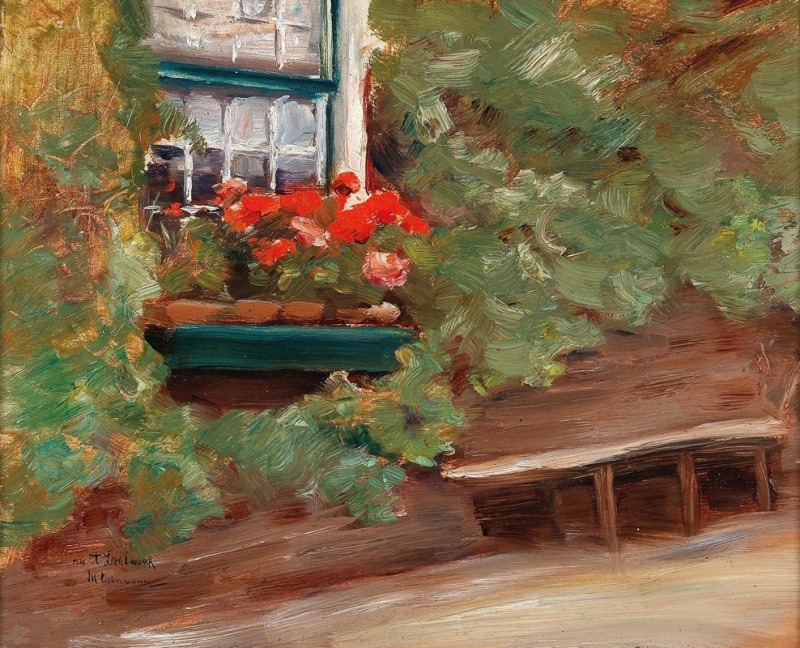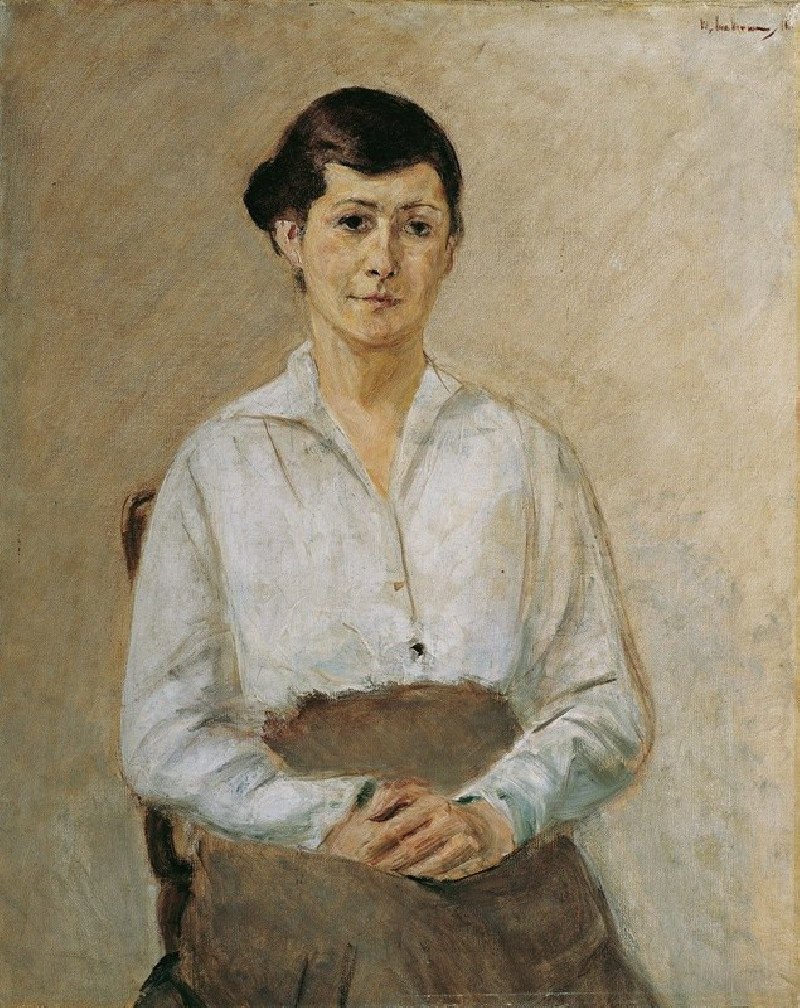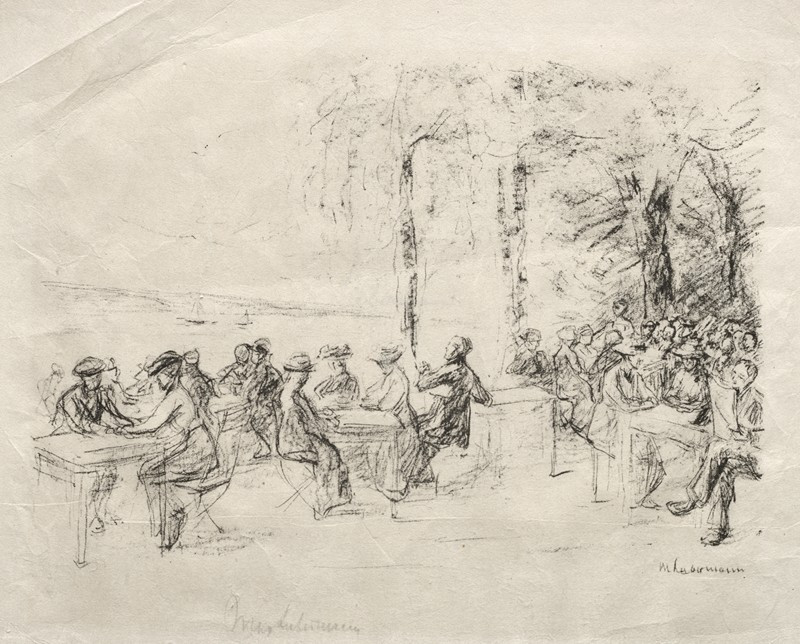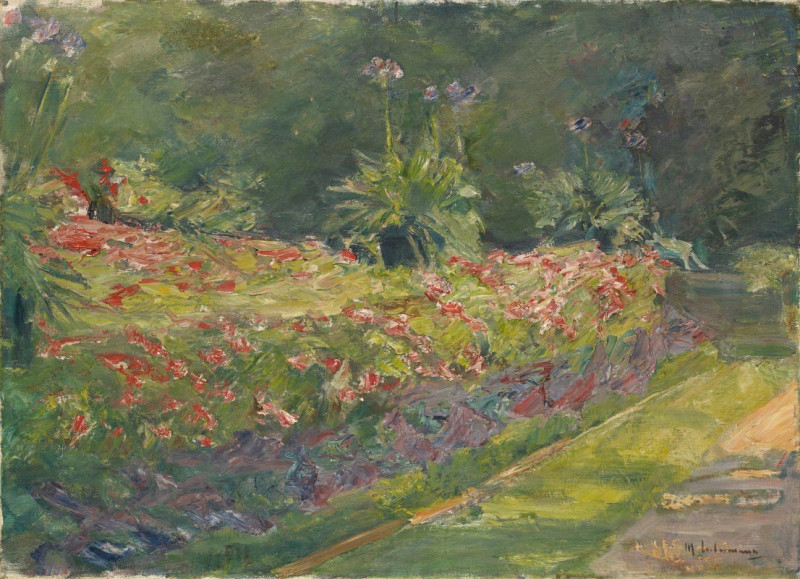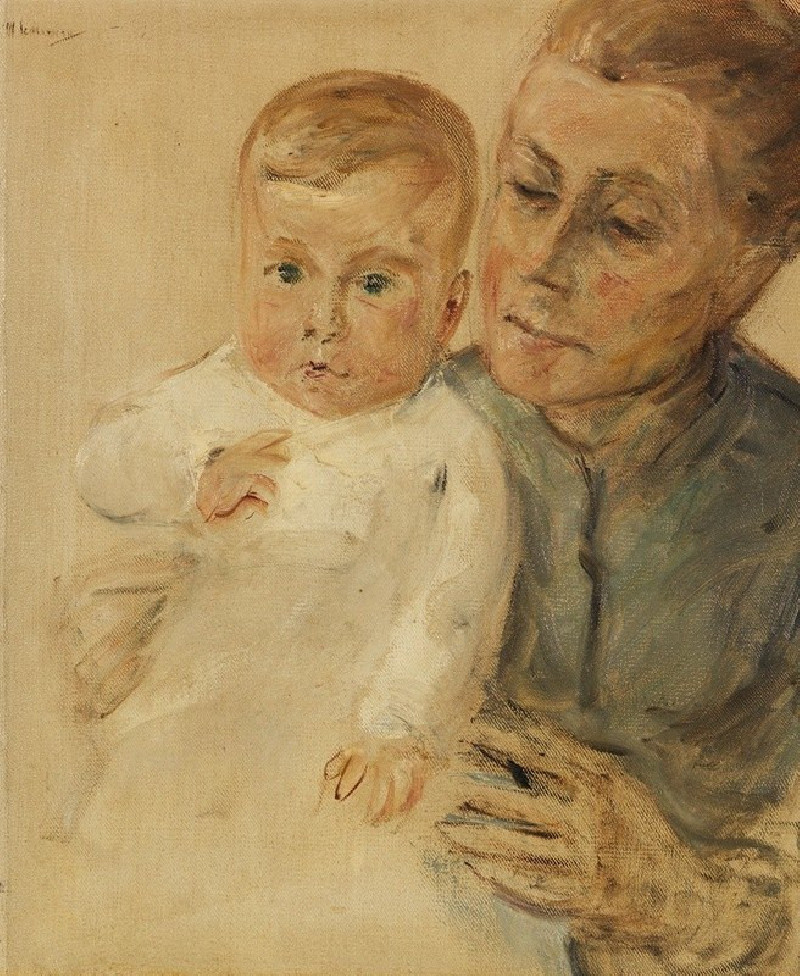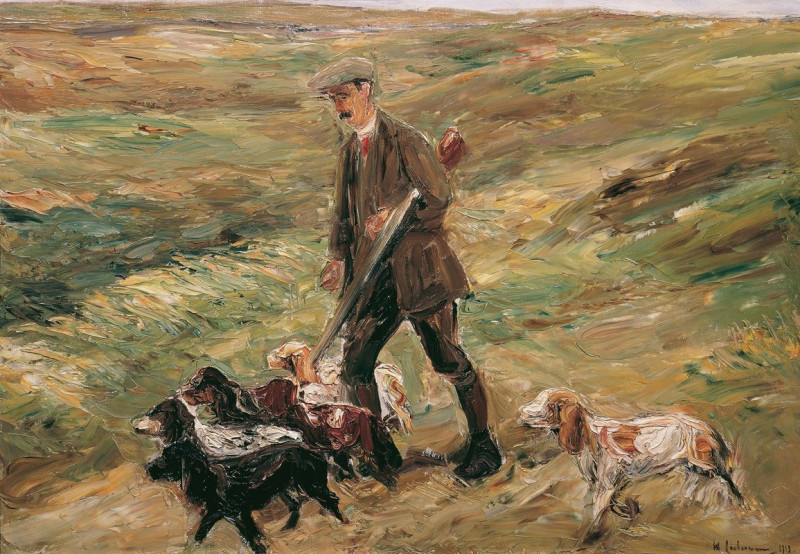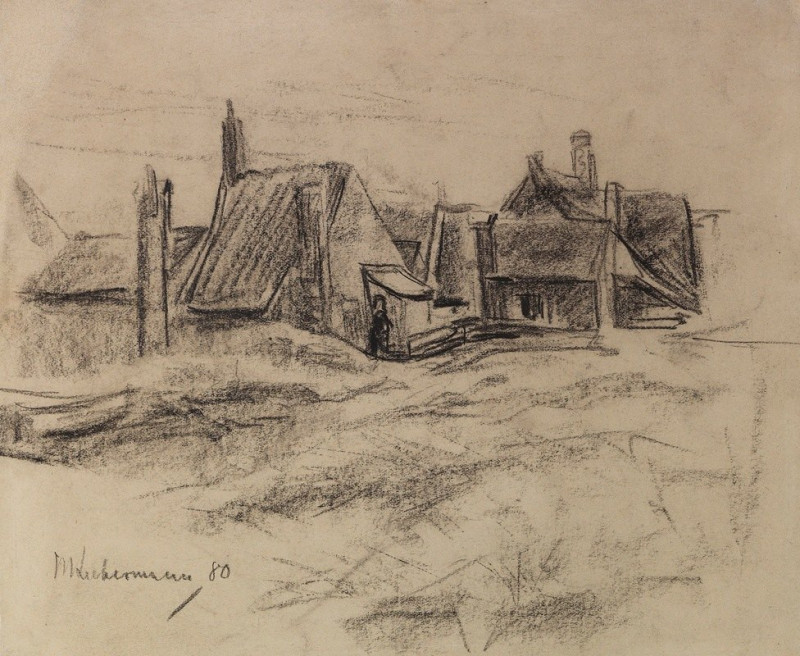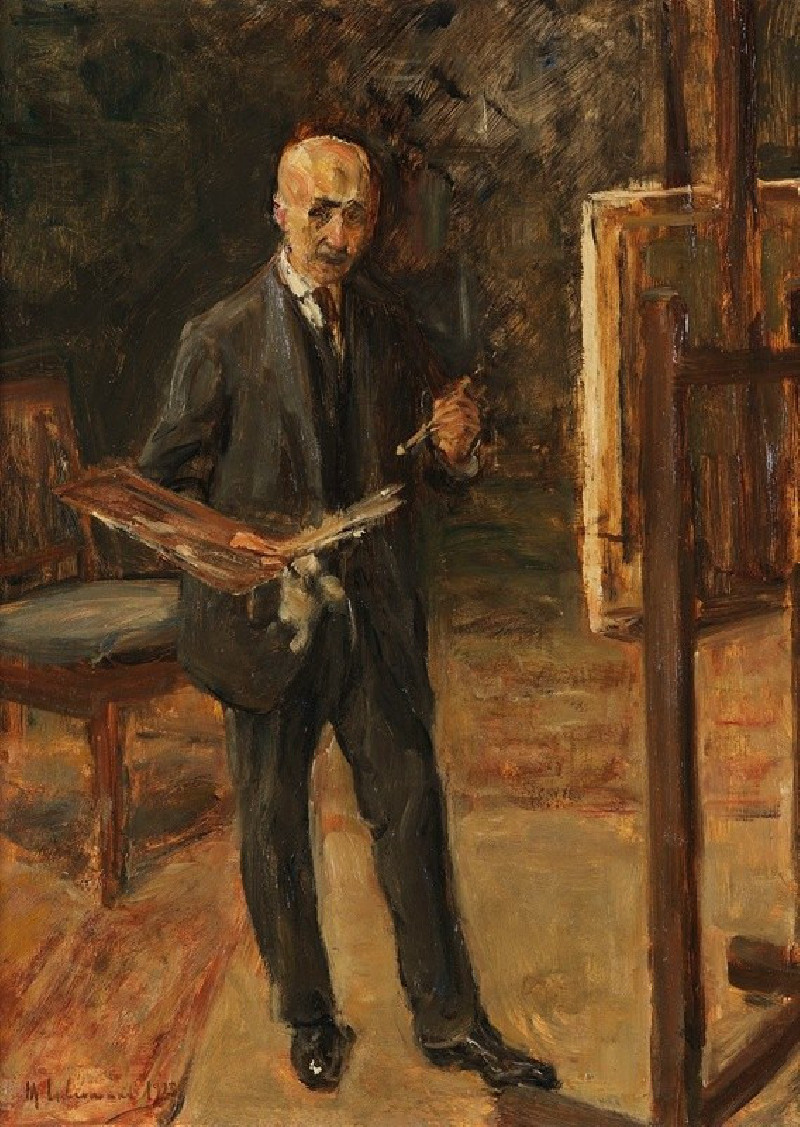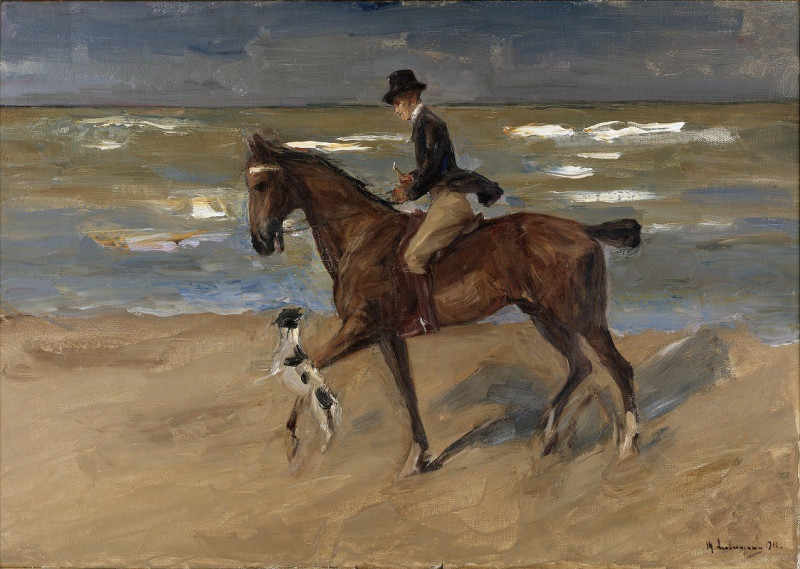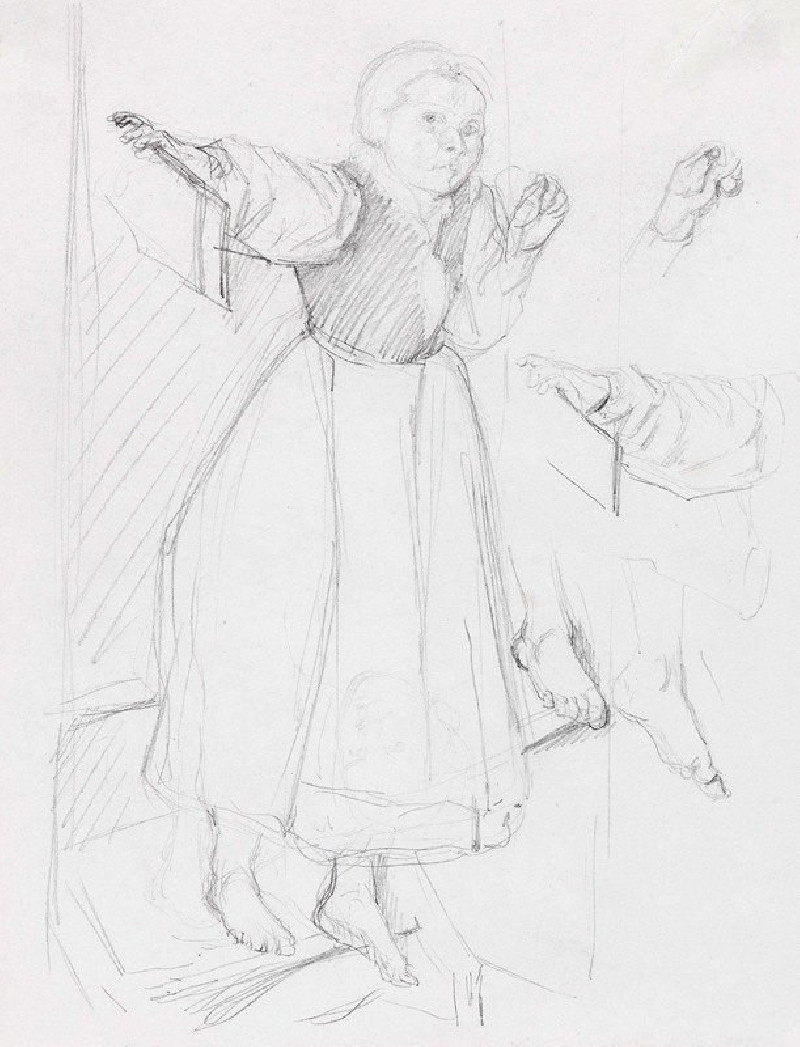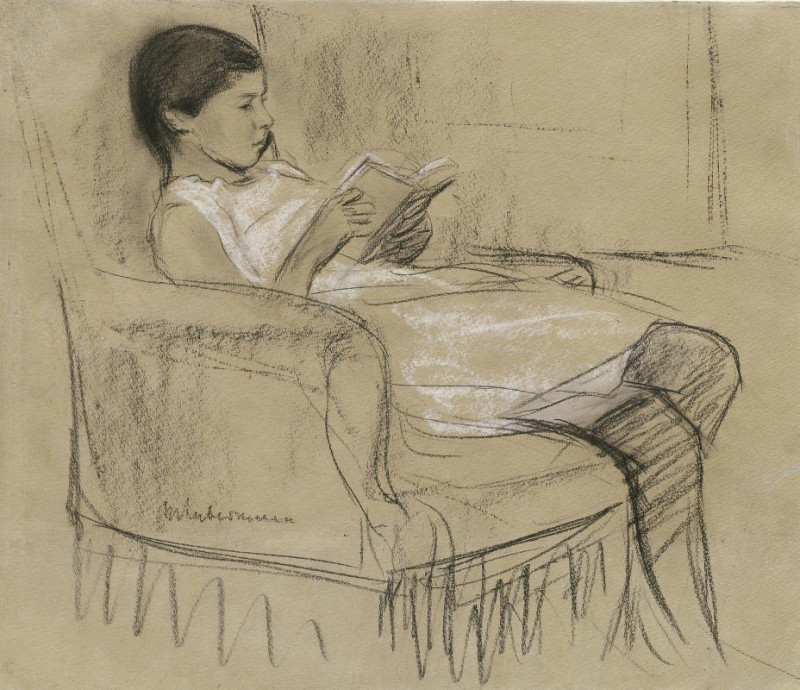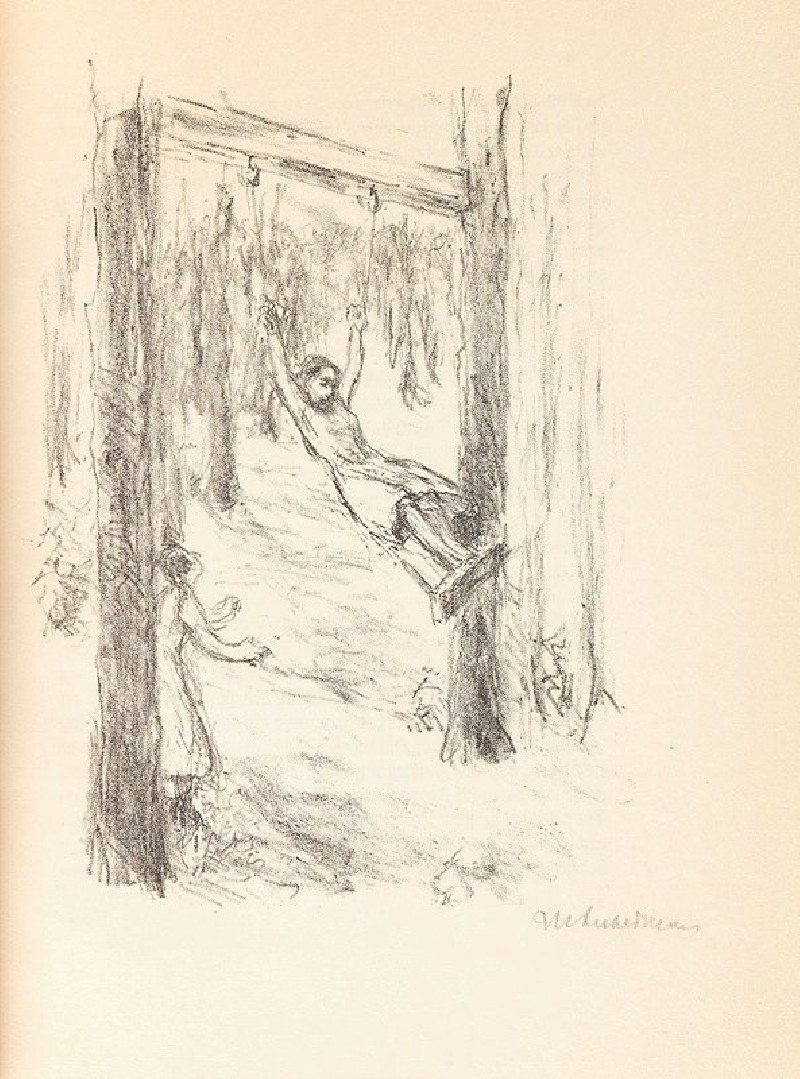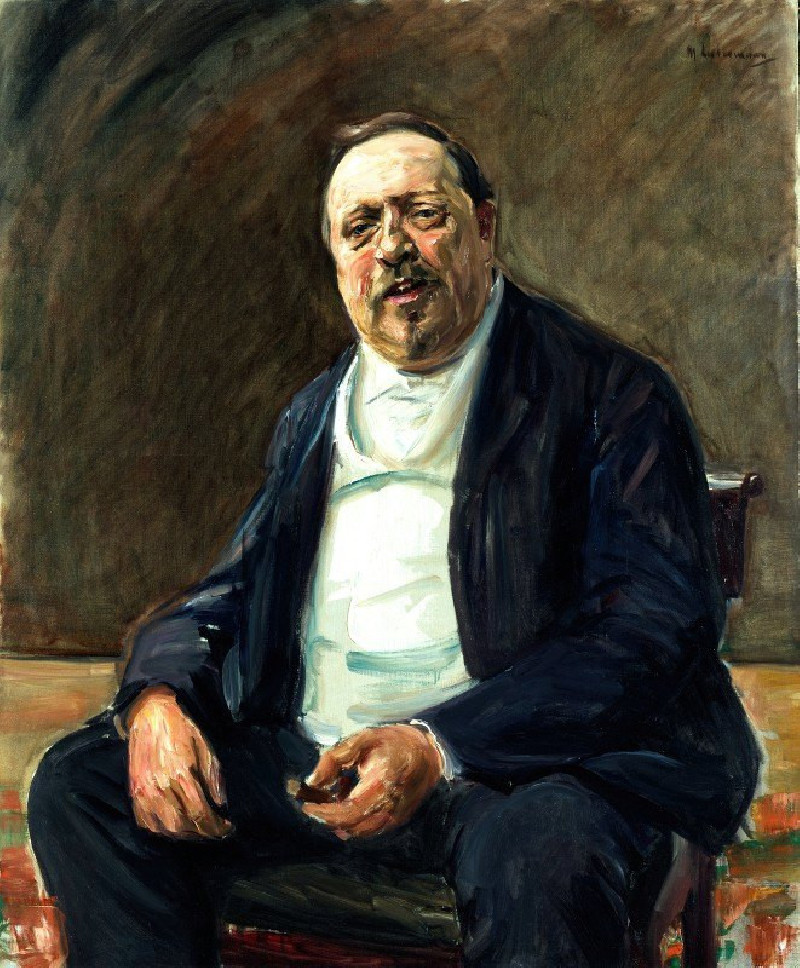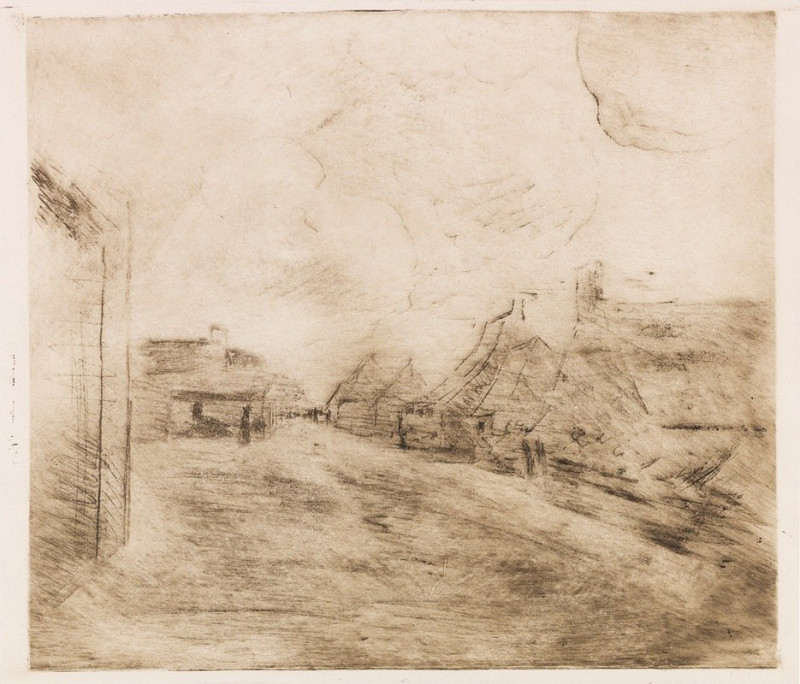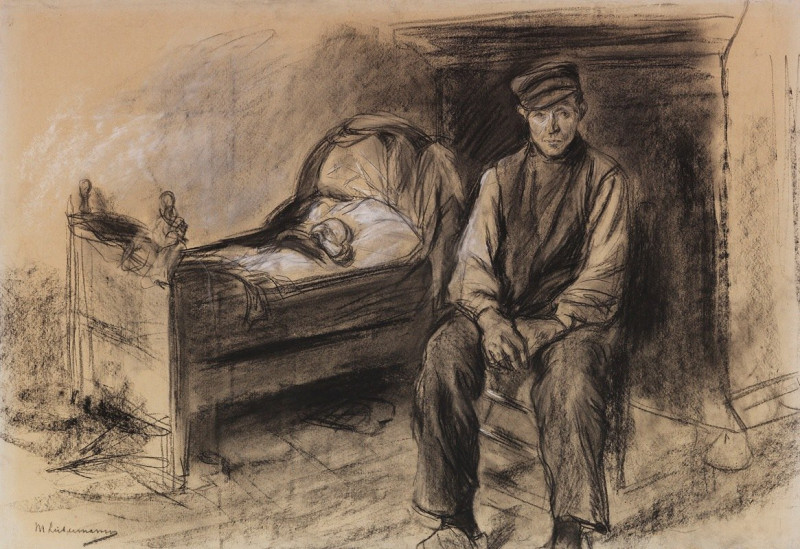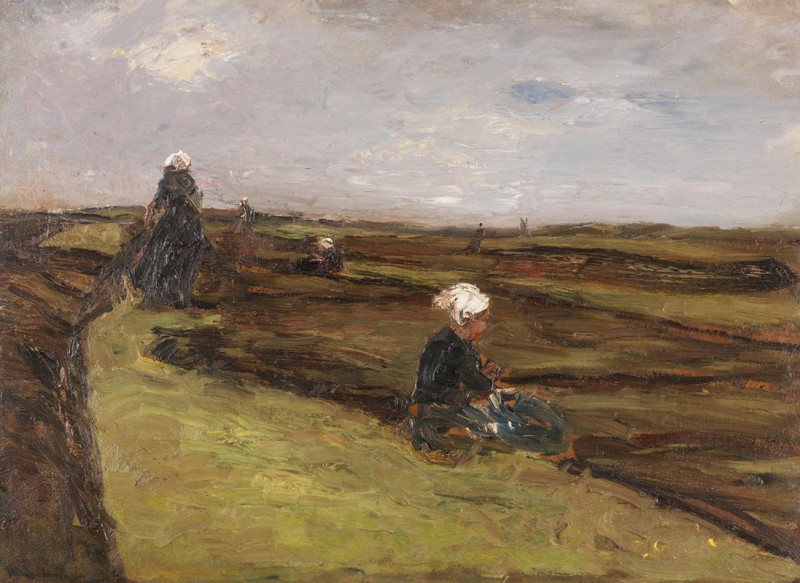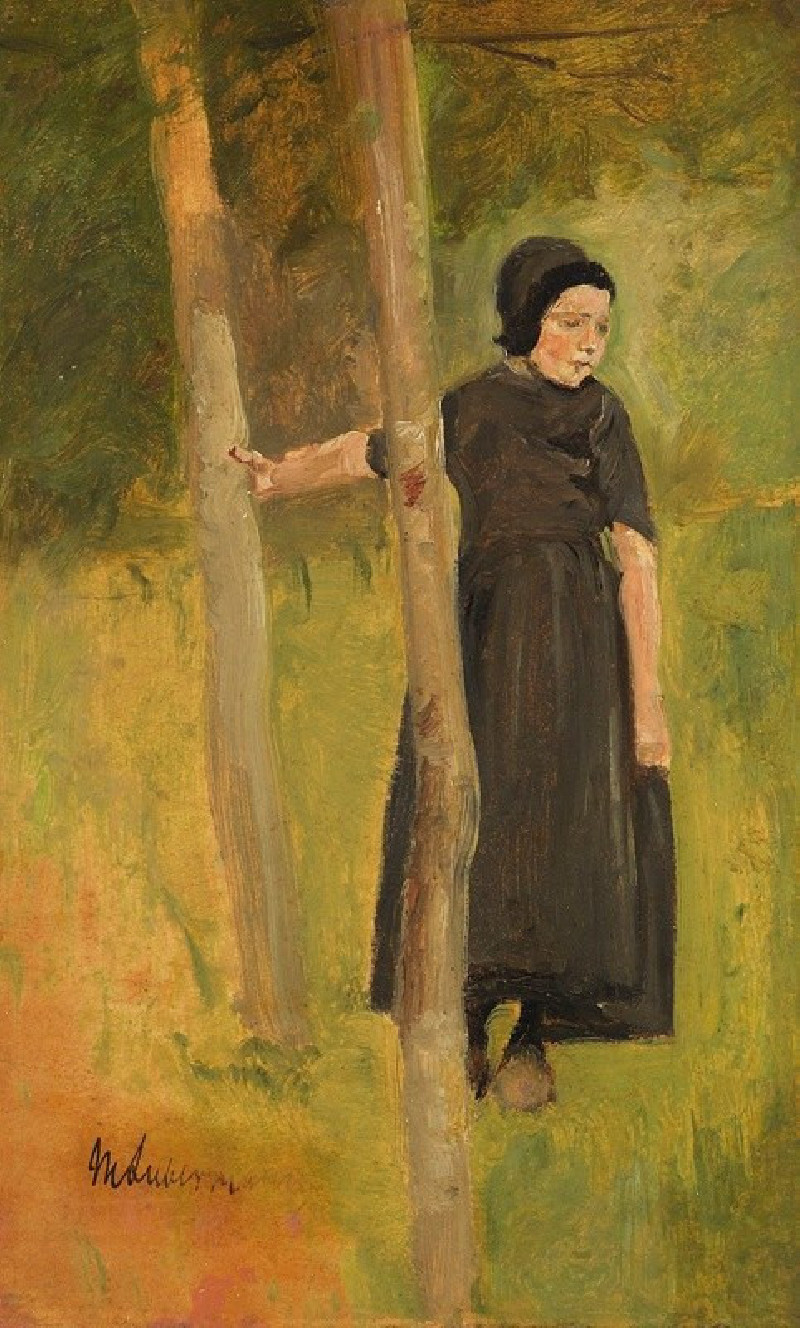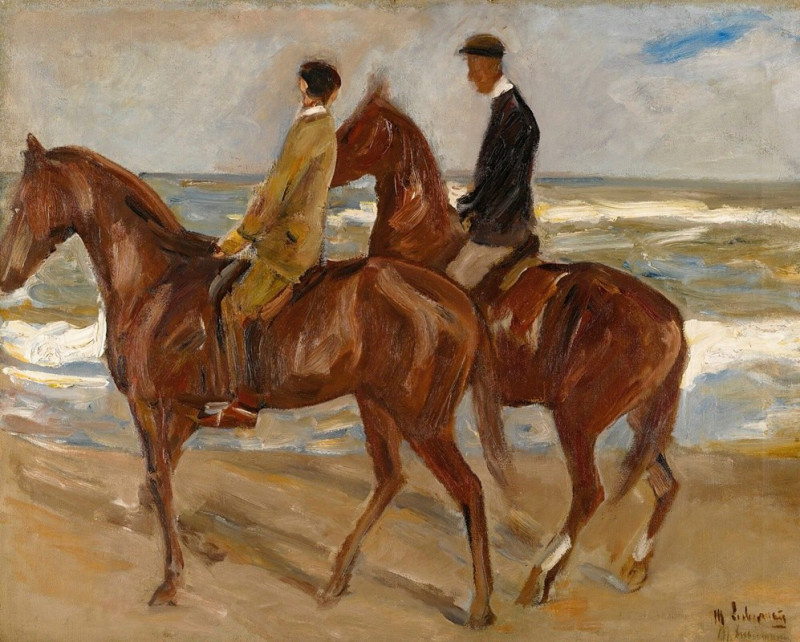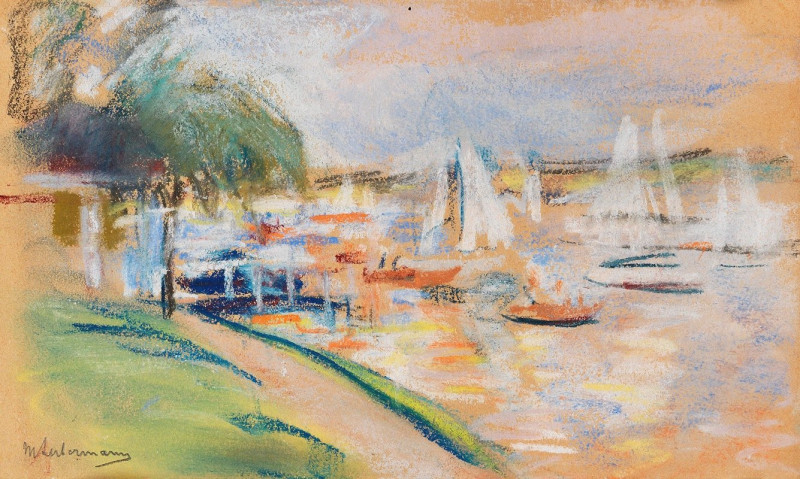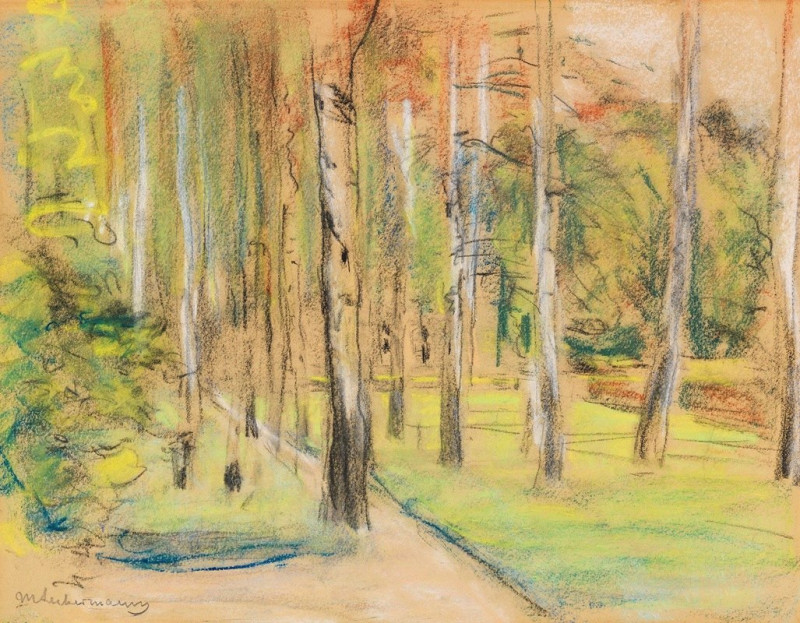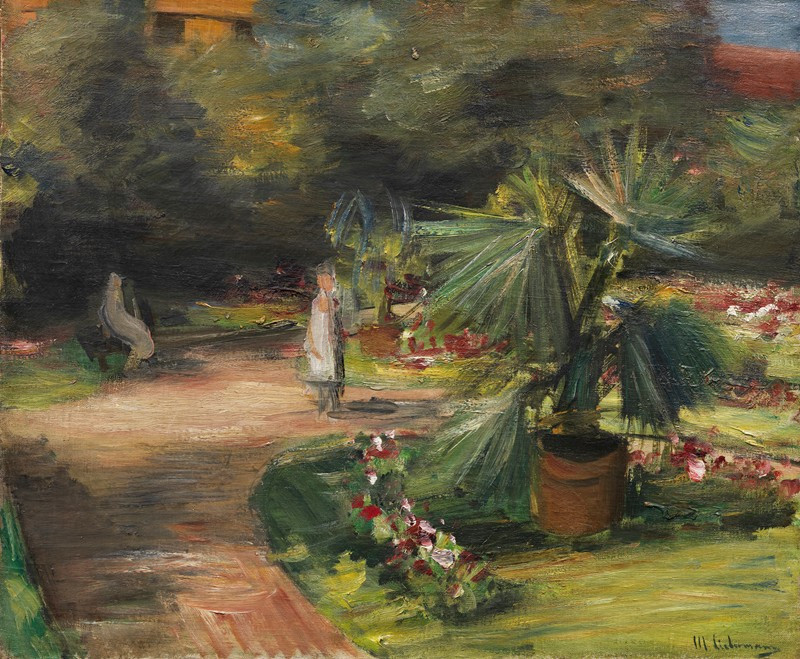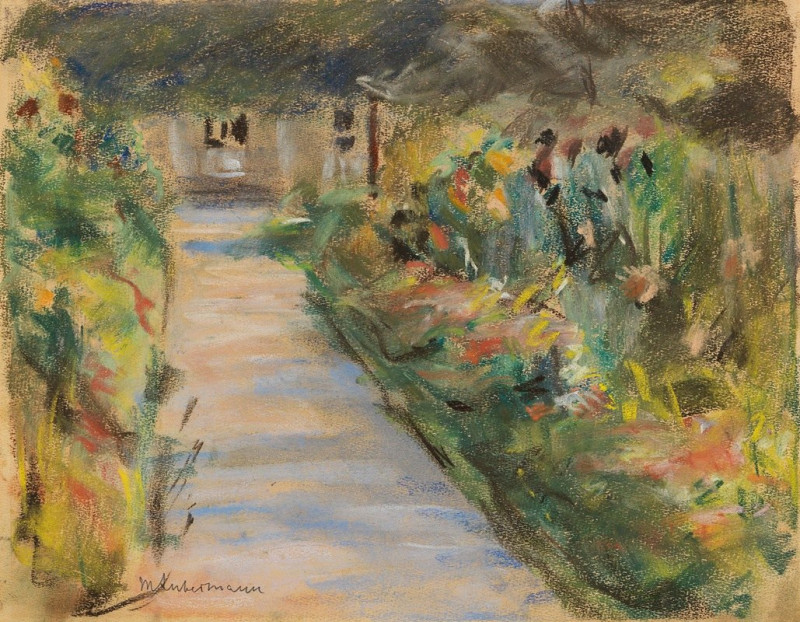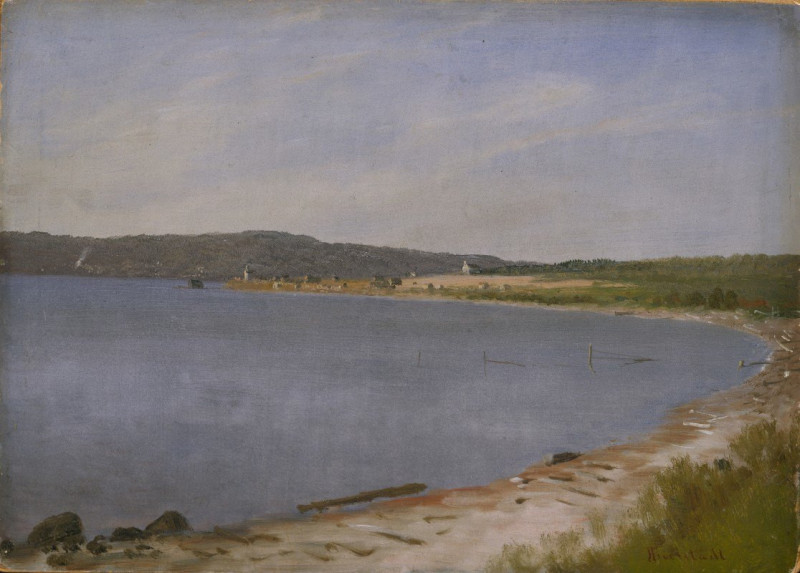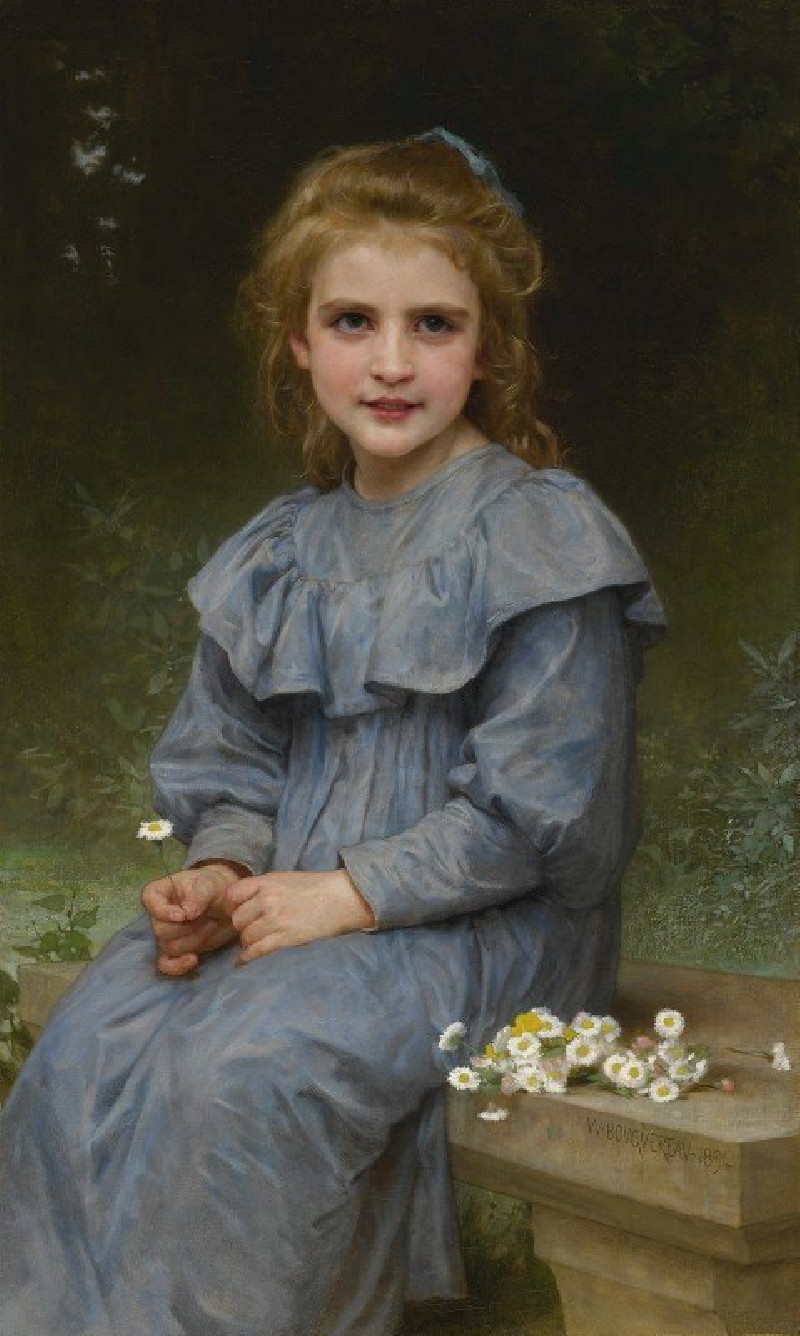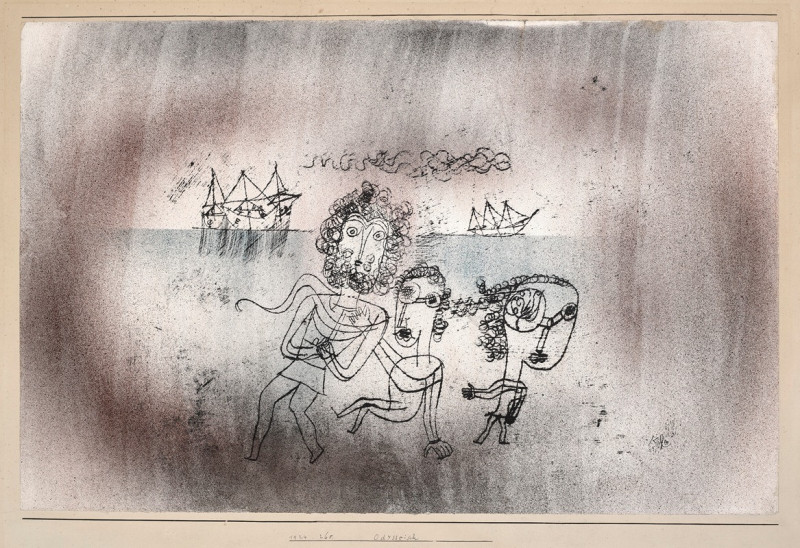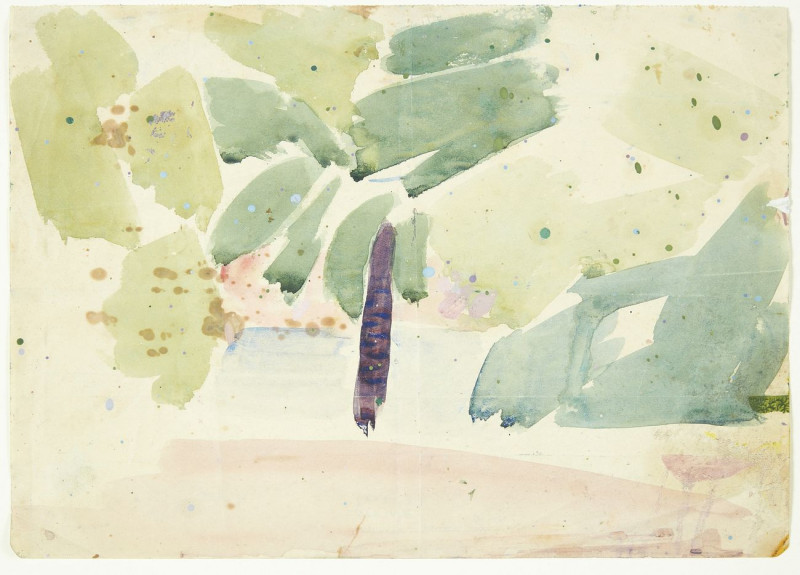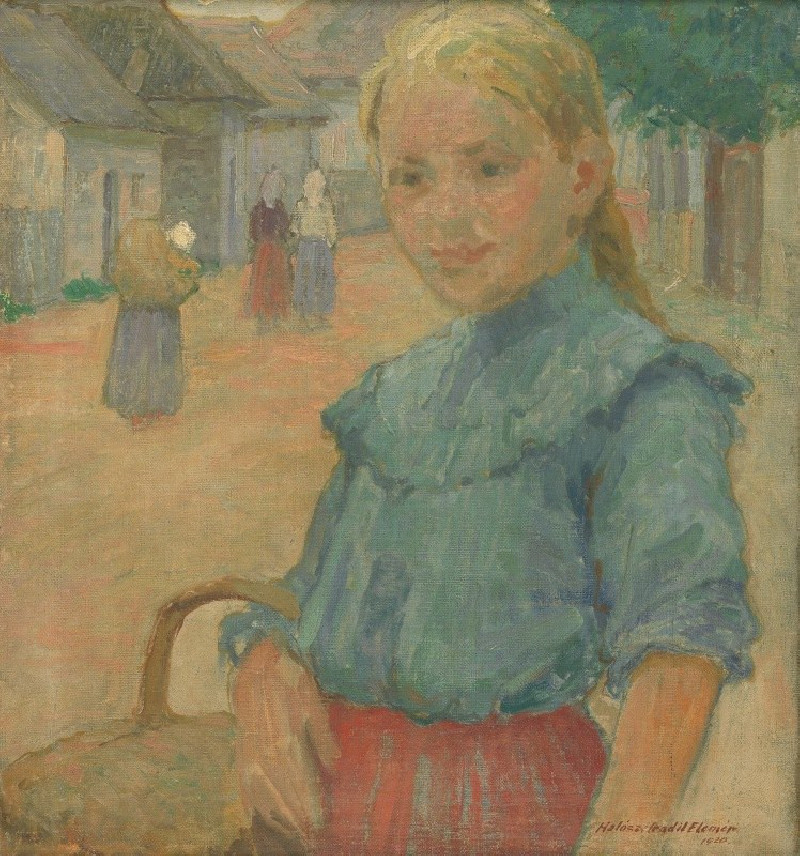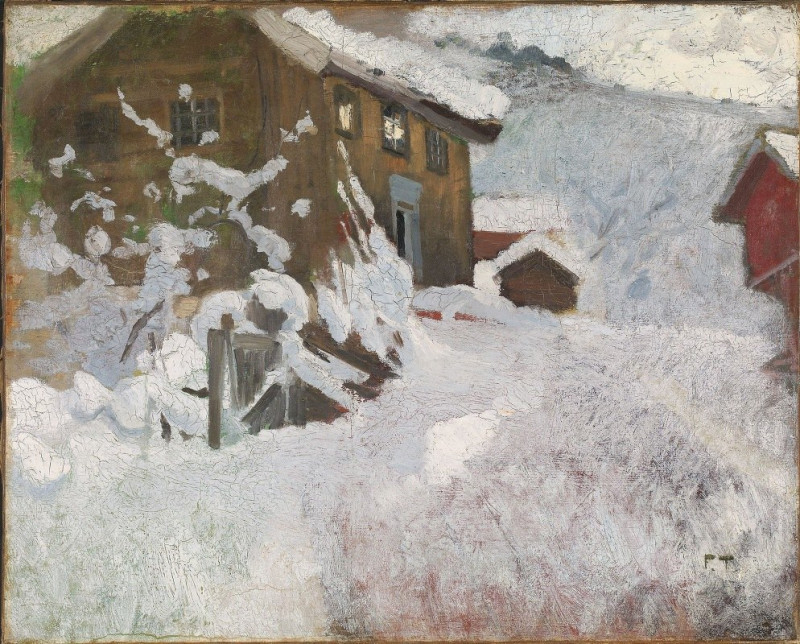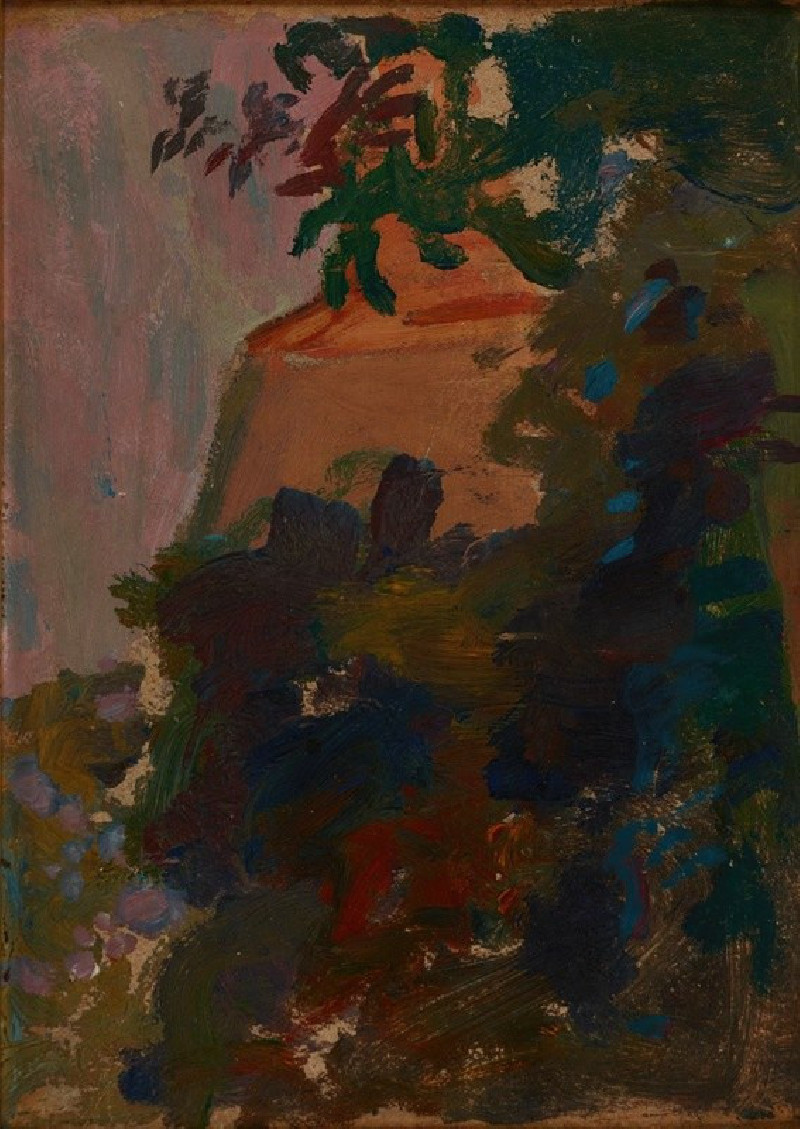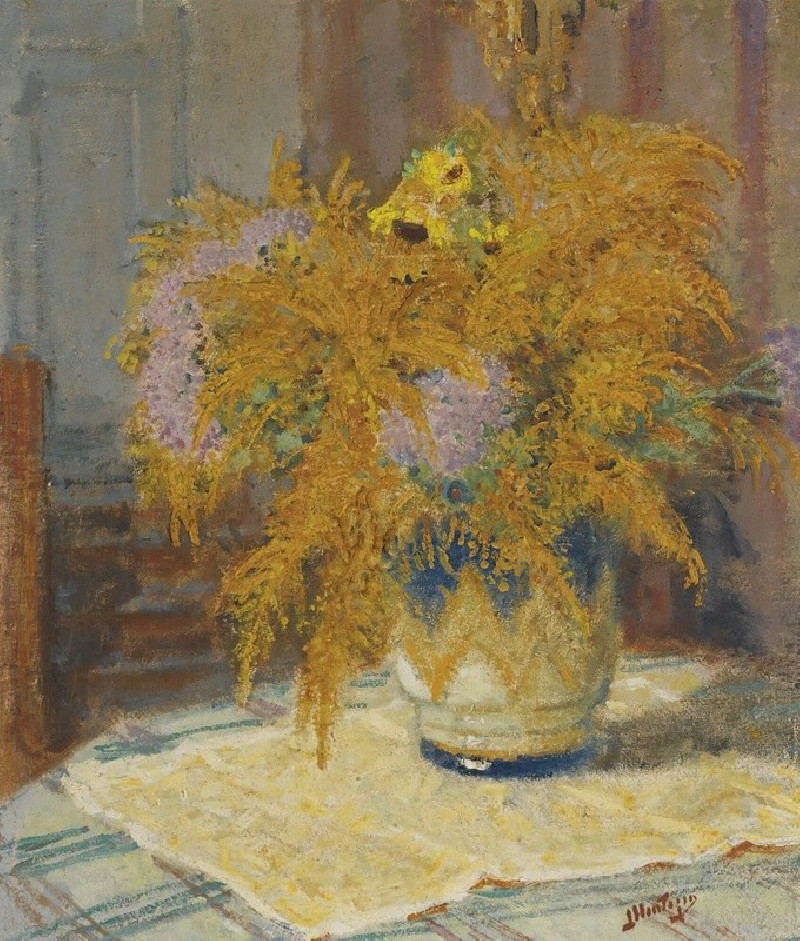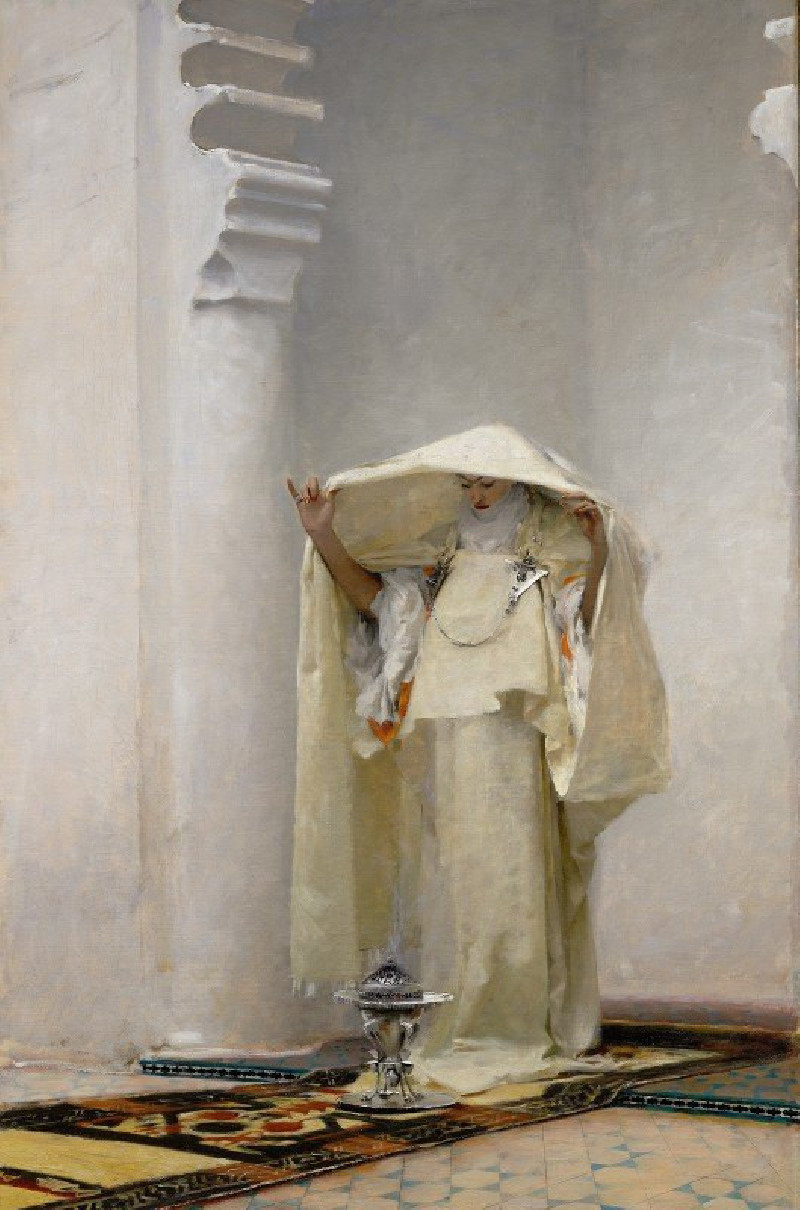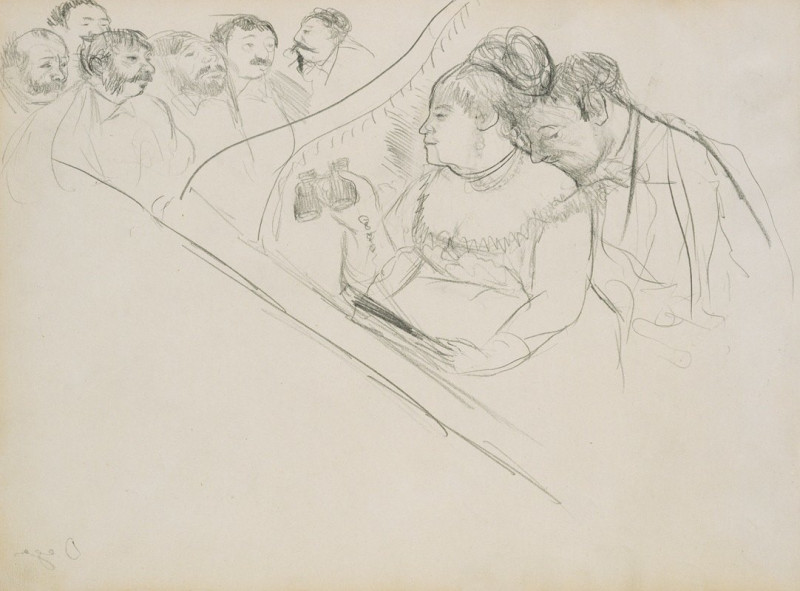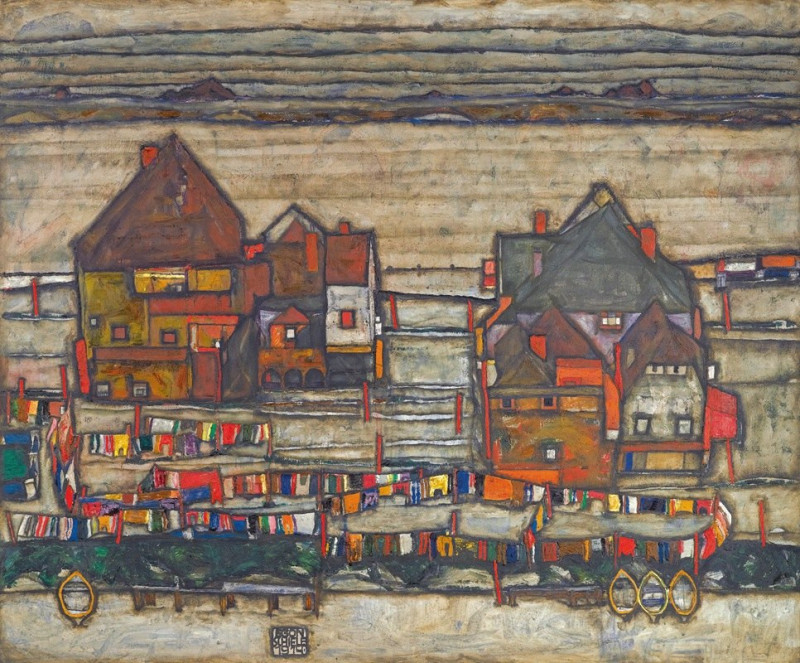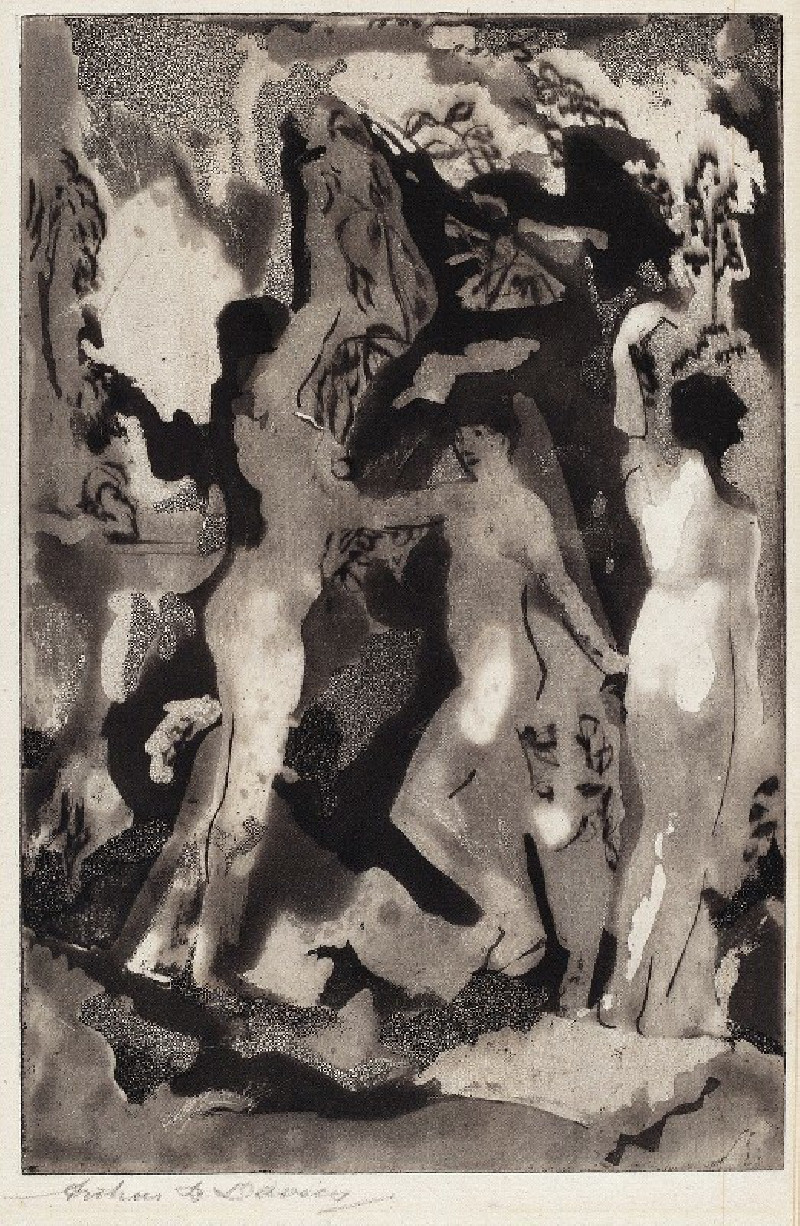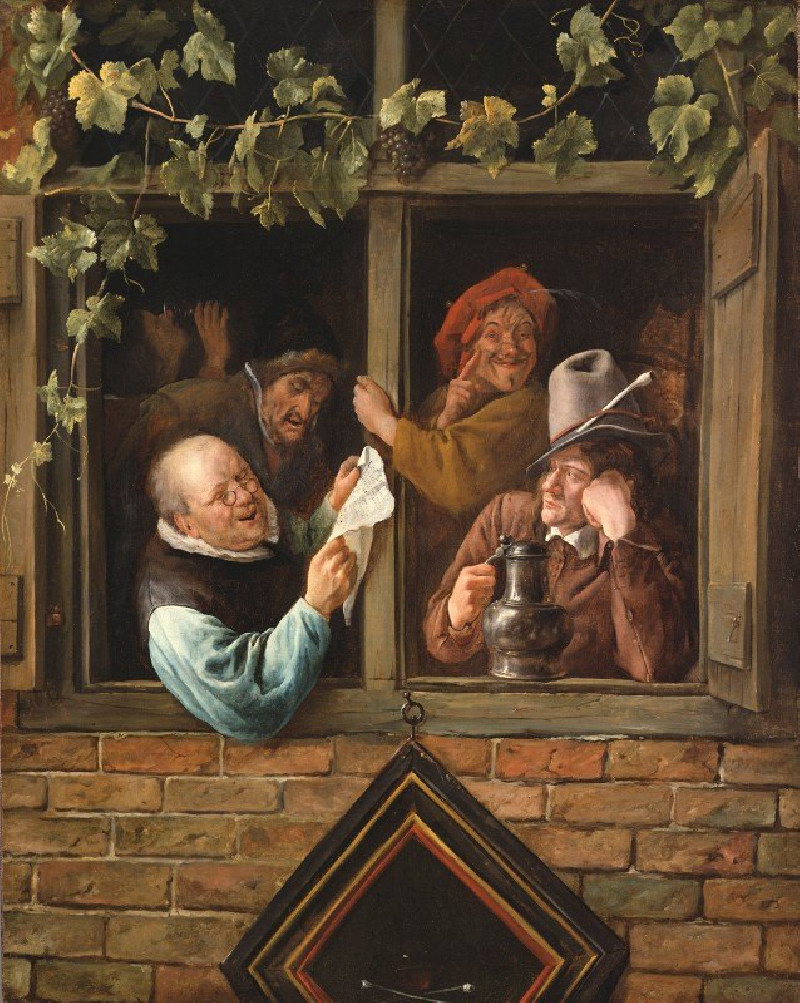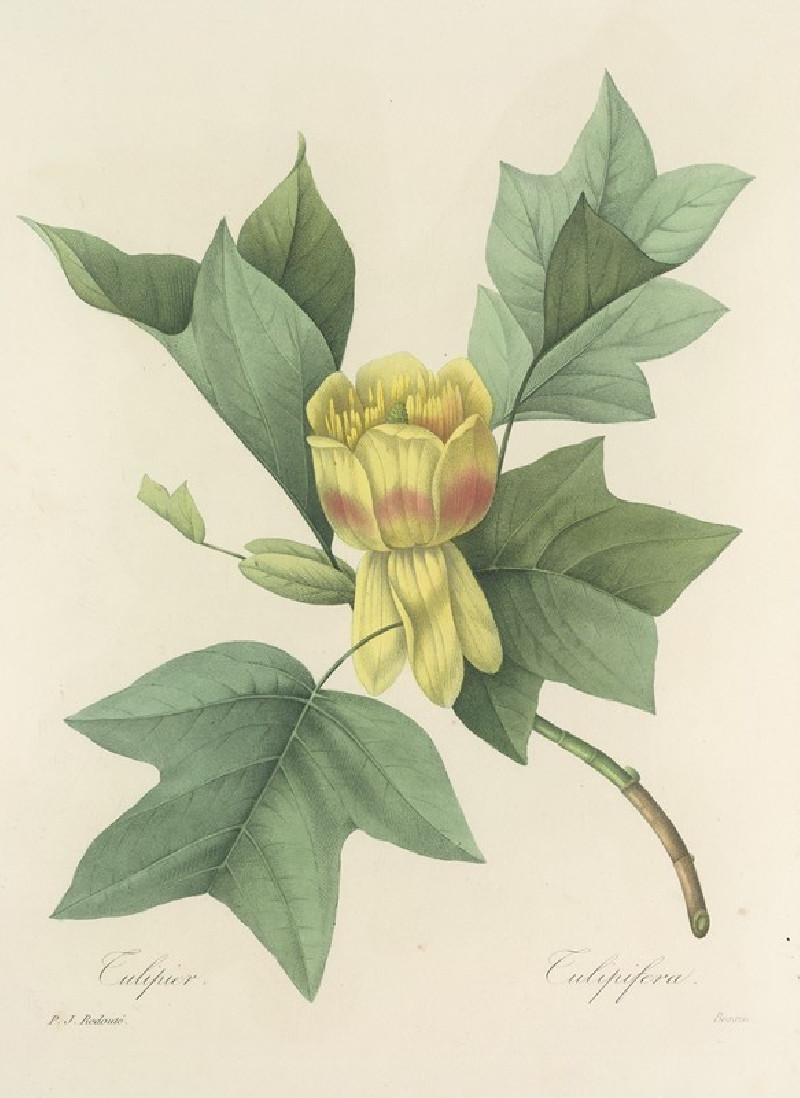Selbstbildnis (1922)
Technique: Giclée quality print
Recommended by our customers
More about this artwork
"Selbstbildnis" (1922) by Max Liebermann captures the seasoned visage of the artist himself in his later years. This self-portrait eloquently reflects Liebermann's proficiency in using loose brushstrokes to convey not just physical appearance but emotional resonance as well. The dynamic strokes and earthy palette accentuate his furrowed brow and thoughtful gaze, suggesting the depth of experience and wisdom accrued over his lifetime.Liebermann, a pivotal figure in German impressionism, manages to convey a sense of introspection and dignity, with a backdrop that imbues the portrait with an almost ethereal quality. The texture of the paint and the play of light and shadow on his face make this work not just a visual study but a profound statement on life, aging, and artistic self-reflection.
Delivery
Returns
Max Liebermann was a German painter and printmaker of Ashkenazi Jewish ancestry, and one of the leading proponents of Impressionism in Germany.
The son of a Jewish fabric manufacturer turned banker from Berlin, Liebermann grew up in an imposing town house alongside the Brandenburg Gate.
He first studied law and philosophy at the University of Berlin, but later studied painting and drawing in Weimar in 1869, in Paris in 1872, and in the Netherlands in 1876–77.

